Police to increase technical surveillance and use road sign I16 to indicate it
Together with other authorities, the police have been using camera surveillance for decades to help direct and monitor traffic flows. Going forward, road sign I16 will be used to indicate surveillance and automatic traffic control in road traffic areas. Police still use road sign I15 in automatic traffic control.
In addition to monitoring traffic flows, cameras are used in conjunction with state visits or other events and their footage is used in accident and criminal investigations. The police have also worked with the Data Protection Ombudsman in carrying out an extensive risk and impact assessment of technical surveillance in accordance with section 21 of the Act on Processing of Personal Data in Criminal Matters and in Maintaining National Security (1054/2018). Monitoring traffic flows from a height using cameras has earlier been considered mostly as general surveillance.
Over the years, camera resolution has developed to such an extent that if the image stream of cameras is recorded, the information accumulating in the recordings could, in certain circumstances, be linked to a particular person. In such cases, monitoring is considered as technical surveillance by the police. This is why the police will begin to use road sign I16 to notify of any technical surveillance being carried out.
Where surveillance is carried out together with Fintraffic, which provides traffic control and management services, the names of both surveillance organisations will be notified on an additional sign under the road sign. In such cases, there will no need for both operators to install their own cameras in the same place and both organisations will be able to utilise the same footage based on the legislation applying to them and their pre-estimated usage needs.
Pursuant to chapter 4, section 1 of the Police Act (872/2011), the police will also increase technical surveillance in ports and in the Helsinki Metropolitan Area. The purpose of surveillance is to prevent and solve crimes.
“For example, criminals subject to an entry ban can move very freely within the Schengen Area despite the ban. Passenger ferries arrive in Finland on a daily basis and people can come and go quite anonymously without having to present identity documents and there is no authority to deal with them. By increasing technical surveillance we aim, in cooperation with other PTR authorities, to better combat mobile crime and increase the risk of being caught,” says Chief Superintendent Pekka Sallinen at the National Police Board.
Besides road traffic areas, the police have also often carried out technical surveillance in cooperation with municipalities and cities since back in the 1990s in crime-prone places. Signs installed in the area indicate that surveillance is taking place. The police do not use, for example, biometric facial images enabling people to be recognised by their physical features.
socialShareGray




